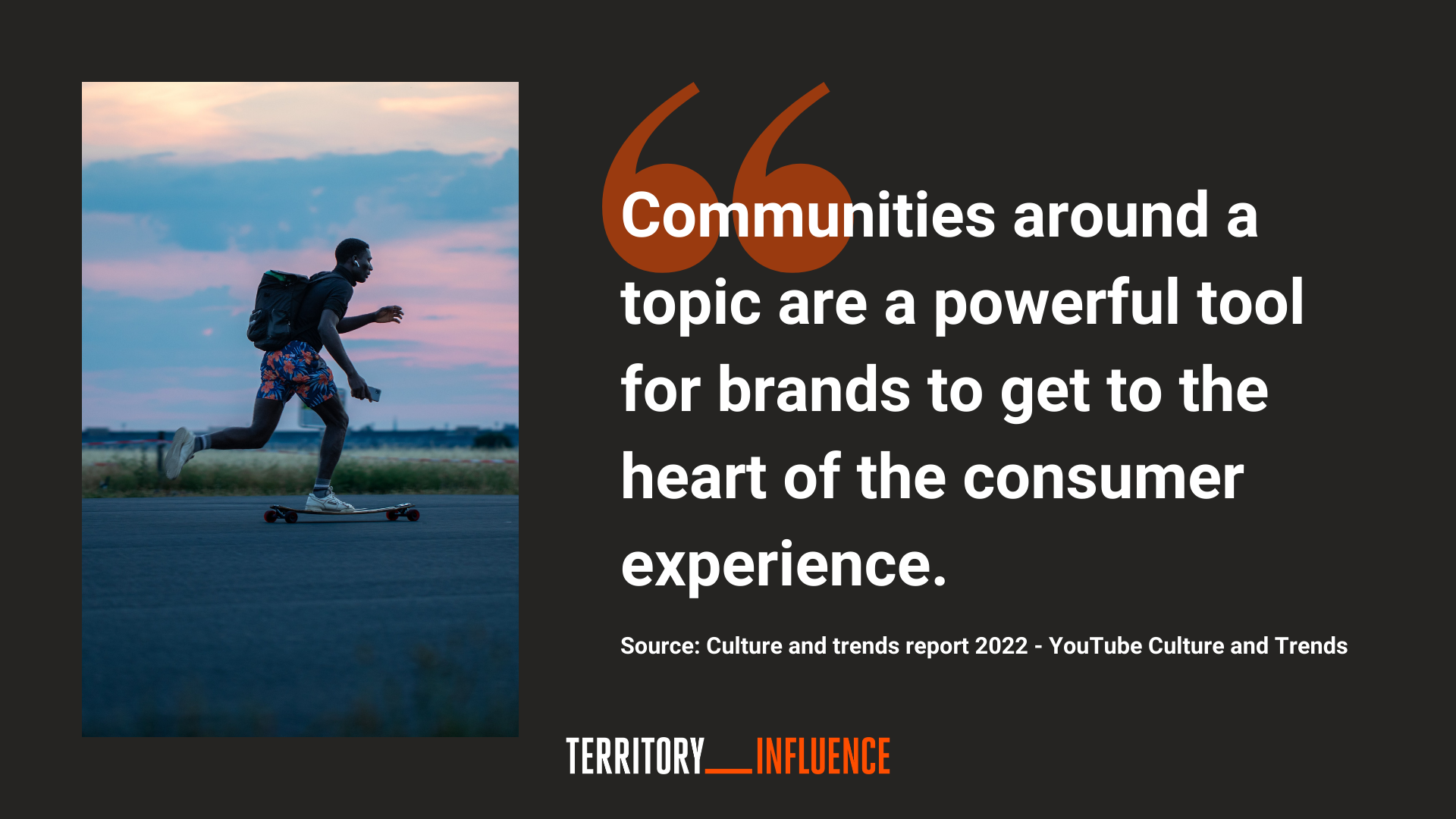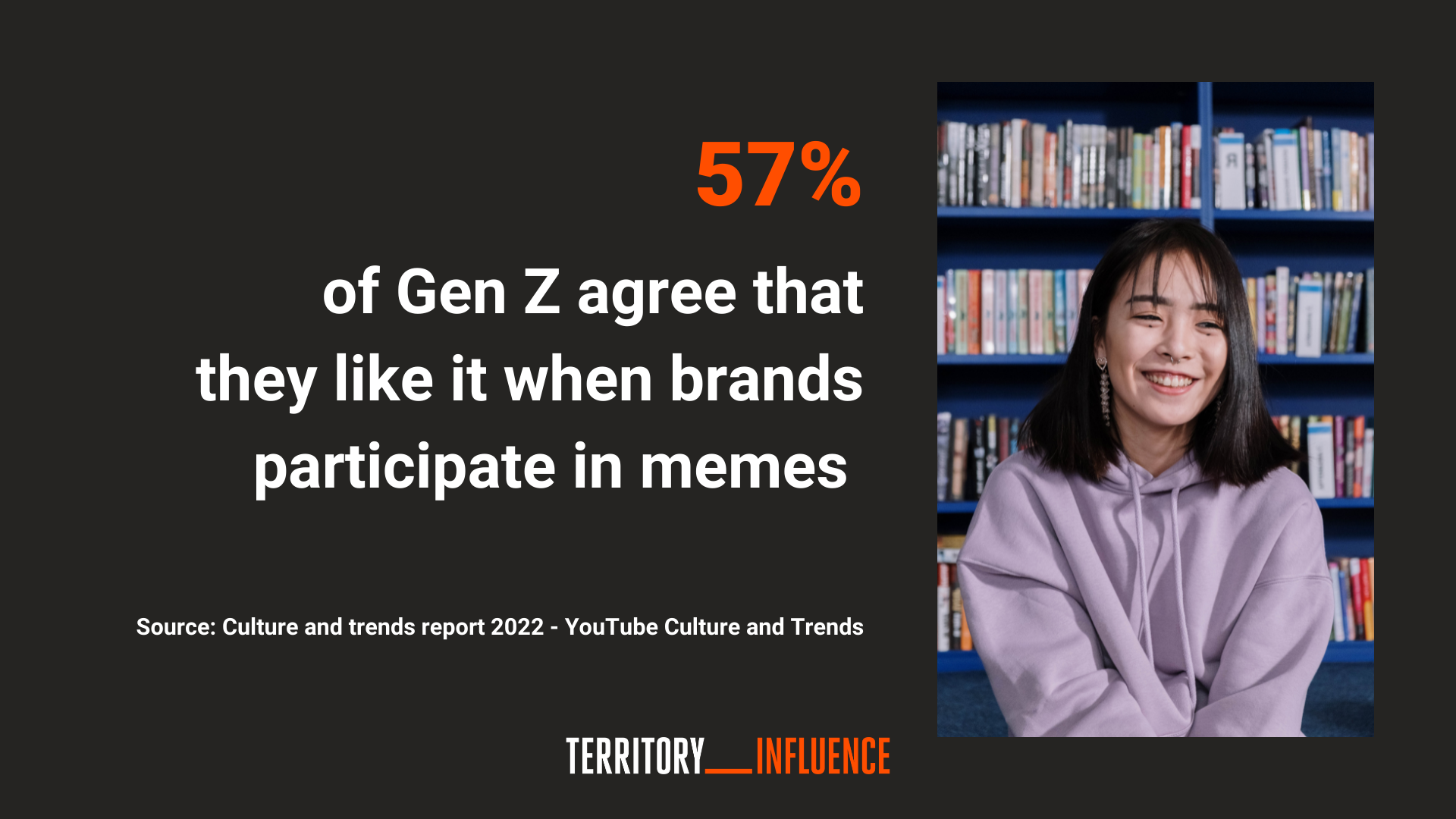The official YouTube blog often publishes interesting reports with data analysed by the platform itself. These reports are useful for marketers to learn more about the social audience and understand where and how to position their strategy.
Gen Z (18-24) was born and raised in the digital age. They are digital natives and are very different from Millennials. Most Gen Z people are now starting to enter the workforce, so they are an interesting target for many brands. Before we jump into how to sell, perhaps through social commerce, we need to understand a few basic things: what kind of content do they watch? What content do they consider relevant? What is part of their pop culture and what is not?
YouTube analysed trends on the platform, focusing on both Gen Z creators and those who consume videos. Why Gen Z? Because they are the ones currently driving the category of both long and short videos, the production of content with deep meaning and more creativity.
What does the report reveal?
The report explains that while until 2010-15 digital culture was defined by video experiences going viral, things have now changed. Now, it is all about the individual, their tastes and emotions.
This is also due to the fact that digital culture has now become popular culture: 85% of Gen Z have already posted videos online.
However, this generation seems to have a deeper approach to digital content. 65% say that content that is meaningful to them as individuals is much more important than what people talk about. We can therefore figure out that they do not seek celebrity at all costs, but use platforms like YT to create something that is meaningful and can improve their lives.
The three core areas
The report was divided into three core areas:
-
Community Creativity
– i.e. videos created for niche communities that then become popular on a large scale.
A community is a group of people who have similar interests or who want to achieve something together. Communities produce our culture, they are the lens through which to read the emotions and interests of thousands of new consumers.
For this reason, the creators within communities are true culture makers. Consider that 61% of the respondents in the report describe themselves as super fans of something or someone.

-
Multi-format Creativity
– we know that creating and/or watching videos is part of everyone’s day. This is how we learn about trending topics. But, because there are many formats, our experience can be very different from another person’s. It depends on the type of content we consume.
For example, we follow an important music festival. We watch every night and so we know everything that happens. Instead, a friend of ours does not follow the festival but a meme account about the festival. He will probably know all the important moments of the event, as we do. But his knowledge comes from a very different channel.
63% of Gen Z have followed one or more Meme accounts in the last year
More importantly:

Indeed, memes are a powerful cultural expression of our time. Brands should give a lot of importance to memes. It is true that not all brand personalities can be represented by this type of communication. But if you want to approach Gen Z this is an option to consider. The most important thing is to be accompanied in the process by the perfect creators.
However, it is not just a question of memes, but of formats. Moving fluidly from short to long format is one of the characteristics of Gen Z. In fact, the report also shows that 59% of Gen Z use the short format to discover new things, which they will then document better using the long format.
Creators who produce different video formats are called ‘Hybrid Creators’.
-
Responsive Creativity
– which is content created to respond to certain emotional needs. The origin of this type of content lies in lockdown.
The YouTube report indicates that Gen Z is a big consumer of this type of content. 90% of them say they have seen videos that made them feel in a different place.
Another big trend for brands to watch out for is ‘comfort creators’. You know when you put on a show you’ve already seen three times just because of how it makes you feel? This is the feeling that comfort creators trigger in Gen Z: relaxation, familiarity, and reassuring predictability. Between the creators and their audience, there is a relationship that is triggered in certain contexts and depends very much on personal experiences. This is why it is called Responsive: the creativity of creators and brands must adapt to the needs of these young users.
Conclusion
The values and social consumption habits of Gen Z are light years away from those of Millennials, and it is important to know them in order to enter their sphere of interest. Brands need to remember that any content they produce must be embedded within the appropriate community, be able to fluidize across multiple formats, and have deep meaning to communicate.
Click here to download the YouTube report.

